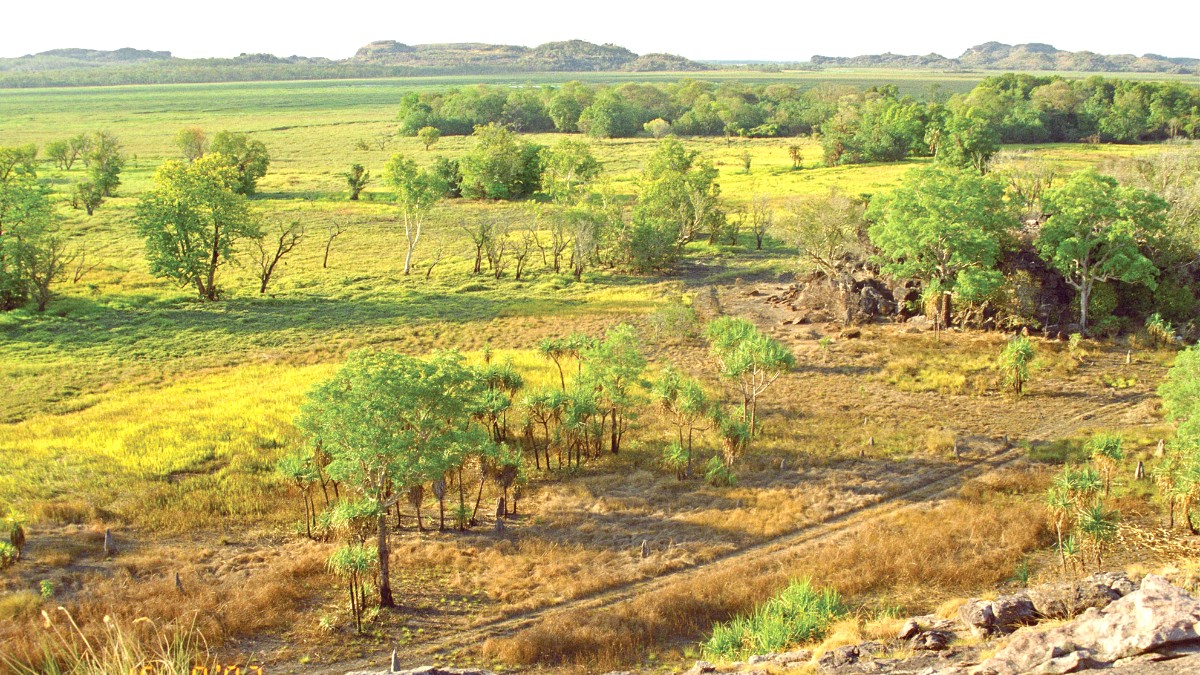
Northern Territory, Australia
Within Kakadu National Park, no public transit system is active. Metros, trams, or regular public buses are not available. The park's immense size and remote nature make a comprehensive public transport network impractical.
The only "public" transport options are organized tour buses. These operate from Darwin or within the park. They pre-booking and are part of tour packages. This means you join a tour group rather than using a public service.
Taxis are not available for hire within Kakadu National Park. They are available in Darwin.
Services like Uber are not available within Kakadu National Park. They operate in Darwin.
Safety in Kakadu relates more to environmental factors and road conditions.
Available in Darwin but not recommended for Kakadu. Long distances, unsealed roads, wildlife, extreme temperatures.
No bicycle sharing programs. Rentals not common. Cycling on sealed roads, but long distances, heat, lack of infrastructure make it impractical.
Tuk-tuks, jeepneys, or similar transport types not found or used for tourist transport in Kakadu.
Drive on the left. Australian road rules apply. Speed limits enforced. Check Parks Australia or Drive NT websites for current road conditions.
Walking and, to a lesser extent, cycling offer different ways to experience Kakadu's natural and cultural landscapes. Many tracks designed for pedestrians close engagement with the environment.
Main mode of transportation for visitors not self-driving. Numerous operators run multi-day tours from Darwin.
Boat tours for experiencing the Yellow Water Billabong. The Yellow Water Cruise offers an iconic experience with abundant wildlife.
Offer aerial views of the park, especially valuable during the Wet Season when ground access is limited.
Accessibility for many natural sites due to rugged terrain. However, main visitor facilities and some popular walks accommodate mobility needs.
Take all rubbish with you. Do not collect souvenirs from the park.
Protect the environment.
Do not feed animals. Keep a safe distance from wildlife, especially crocodiles.
Observe from afar.
Respect sacred sites and rock art. Follow Traditional Owners' guidelines.
Honor local traditions.
Kakadu has varied accommodation options to suit different preferences and budgets, from basic bush camping to comfortable lodges.
May to October, cooler temperatures, low humidity. Best for hiking, rock art, waterfalls by road.
November to April, hot and humid, heavy rains. Spectacular waterfalls, lush landscapes.
April and November, transition periods. Fewer crowds, unique landscape views.
Kakadu teeming with diverse wildlife. Ethical and safe viewing enhances your experience and protects the animals.
Joining an organized tour an easy way to explore without personal vehicle.
Renting a 4WD vehicle for maximum flexibility and access to remote areas.
A unique perspective of Kakadu's vast landscapes, especially during the Wet Season.
Kakadu National Park offers a profound connection to ancient landscapes and a living culture.
Your preparation and respectful travel contribute to the ongoing preservation of this World Heritage site. Enjoy your unique adventure!